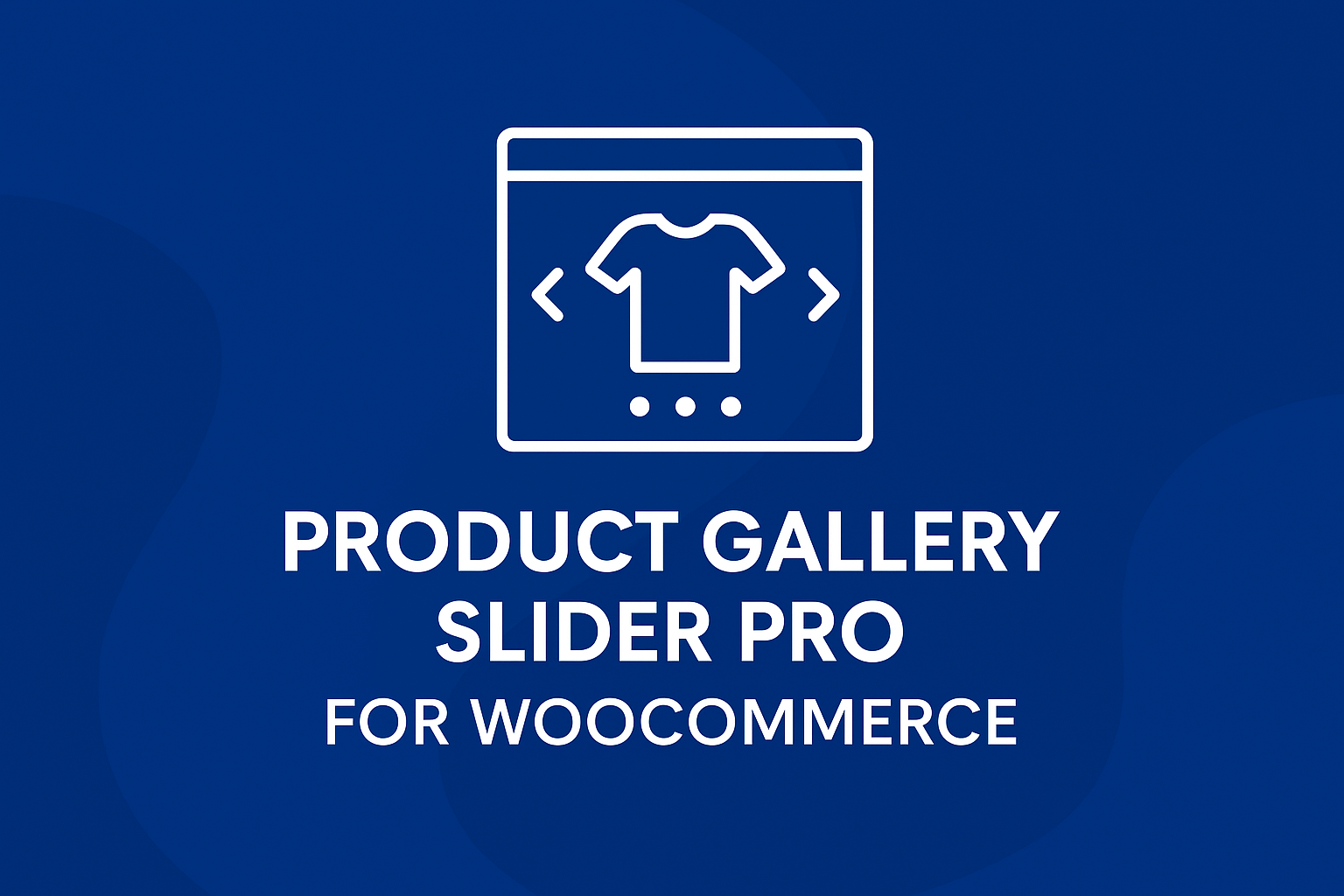Sustainable packaging is no longer a trend—it is a necessity. Among innovations in eco-friendly solutions, circular burger boxes stand out. These boxes aim to reduce waste, conserve resources, and support a greener future.
Understanding Circular Packaging Principles
Circular packaging is based on the idea that materials should be reused, recycled, or composted instead of being thrown away. Traditional packaging often ends up in landfills, harming the environment. Circular burger boxes, however, are made to be part of a continuous cycle. They use renewable resources, such as biodegradable paper or plant-based coatings.
The main principle is to close the loop. Materials used in these boxes return to production without losing quality. For example, paper fibers from old boxes can be recycled into new ones multiple times. This reduces the need for virgin materials, conserving forests and energy.
Another key point is designing for durability and easy recycling. These boxes are strong enough to hold food without extra plastics. At the same time, they are simple to separate from food waste. Compostable liners may also be included, allowing the entire box to break down naturally in industrial composting facilities.
Adopting circular packaging also benefits businesses. It can reduce waste management costs and appeal to eco-conscious customers. Companies that switch to circular burger boxes show responsibility, improving their brand image. In addition, governments increasingly encourage circular design through incentives and regulations, which can be a financial advantage.
Circular packaging is more than a trend. It is a thoughtful approach to environmental sustainability. By designing packaging that is fully recyclable or compostable, businesses can reduce their carbon footprint. Consumers, on the other hand, can enjoy their meals knowing the packaging leaves minimal impact.
The Environmental Impact of Circular Burger Boxes
The environmental impact of traditional burger packaging is significant. Most disposable boxes use plastic or coated paper that takes years to decompose. These materials often end up polluting soil and waterways. Circular burger boxes aim to minimize these effects.
Using renewable materials is a core benefit. Paper from sustainable forests and plant-based coatings reduces reliance on fossil fuels. In addition, these boxes can reduce carbon emissions during production. The energy used to make biodegradable or recycled materials is often lower than for plastic alternatives.
Circular burger boxes also cut down landfill waste. A single restaurant may use thousands of boxes each week. If these boxes are fully recyclable or compostable, much less waste goes to landfills. This also decreases the production of methane, a potent greenhouse gas released during decomposition of plastics and conventional paper in landfills.
Water consumption is another factor. Paper production often uses large amounts of water. Circular designs allow materials to be recycled multiple times, conserving water across the lifecycle. This is especially important as water scarcity becomes a growing concern worldwide.
The end-of-life scenario of these boxes is important too. Unlike coated plastics, these boxes can return safely to the environment or the production process. Over time, this circular approach significantly reduces pollution and resource depletion, contributing to a more sustainable food industry.
Materials Used in Truly Sustainable Boxes
Sustainable burger boxes rely on carefully chosen materials. The most common is paperboard sourced from responsibly managed forests. This paperboard is strong, lightweight, and biodegradable. It can also be coated with natural substances to resist moisture.
Another popular material is molded fiber, made from recycled paper or agricultural waste. This type of box can carry greasy or wet foods without breaking down prematurely. Molded fiber is compostable and can be recycled multiple times, making it ideal for circular designs.
Plant-based coatings, such as polylactic acid derived from corn, are increasingly used. These coatings replace traditional plastic while keeping the box waterproof. They are safe for composting and can biodegrade under industrial conditions.
Some brands also experiment with sugarcane bagasse. This fibrous by-product of sugar production is molded into sturdy boxes. Bagasse is naturally compostable and reduces reliance on new paper production. Using waste by-products in packaging closes the material loop and supports circular economy principles.
Overall, these materials focus on low environmental impact while maintaining usability. By combining renewable resources with smart design, circular burger boxes achieve durability, hygiene, and sustainability.
Design Innovations Driving Circular Packaging
Design is crucial in circular packaging. Smart design ensures boxes are easy to use, store, and recycle. Many circular burger boxes feature interlocking lids, which prevent spills without adhesives. This reduces chemical contamination and simplifies recycling.
Stackable designs save storage space and transportation costs. Lighter boxes reduce fuel consumption during delivery. Rounded edges and minimal material usage improve efficiency without compromising strength.
Another innovation is multi-use capability. Some boxes are designed for secondary uses, such as storage or small containers for leftovers. This extends the product’s life, reducing waste before recycling.
Clear labeling is also important. Instructions on how to compost or recycle the box encourage consumers to dispose of it correctly. Mismanaged waste can compromise circular goals, so education is part of the design.
Smart inks and water-based coatings replace harmful chemicals in printing. This keeps the box fully recyclable and compostable while maintaining aesthetic appeal. Companies adopting these innovations show that functionality and sustainability can go hand in hand.
Economic Benefits of Circular Packaging
Switching to circular burger boxes offers economic advantages. Though initial costs may be slightly higher than conventional boxes, savings occur over time. Reduced waste disposal fees and recycling incentives can offset expenses.
Businesses also benefit from customer loyalty. Eco-conscious consumers prefer brands that actively reduce environmental impact. This preference can translate into higher sales and repeat business.
Production efficiency is another advantage. Using recycled materials reduces reliance on raw resources, whose prices can fluctuate. Long-term supply stability allows better budgeting and less exposure to resource scarcity.
Bulk purchases often reduce costs as well. Ordering circular boxes in large quantities, such as through burger boxes wholesale, helps businesses lower per-unit expenses. In addition, bulk orders support consistent material use, which improves process efficiency.
Government grants or tax benefits for sustainable practices can further reduce costs. In some regions, adopting circular packaging may even be a requirement to comply with environmental regulations, avoiding fines and penalties.
Consumer Perception and Sustainability
Consumers increasingly care about packaging impact. A visible commitment to sustainability enhances brand reputation. Circular burger boxes send a clear message that the business values the environment.
Eco-friendly packaging can also improve customer satisfaction. Knowing their meal comes in a recyclable or compostable box gives a sense of responsibility. This emotional connection can influence purchasing decisions and loyalty.
Clear communication on packaging reinforces trust. Labels that highlight compostability, recycling instructions, or material sources create transparency. Consumers are more likely to respect and use the circular packaging correctly.
Social media amplification plays a role too. Customers often share photos of eco-friendly meals, indirectly promoting the business. Companies using circular burger boxes can benefit from organic marketing, reducing advertising costs.
Overall, the positive perception of circular packaging strengthens brand identity while encouraging responsible consumer behavior. It creates a win-win for businesses, customers, and the environment.
Challenges in Adopting Circular Burger Boxes
Despite benefits, challenges exist. One main concern is cost. Some materials and manufacturing processes for circular boxes are more expensive than conventional options. Businesses need to balance affordability with sustainability.
Supply chain limitations can also occur. Not all regions have consistent access to sustainable materials. This can delay production or increase shipping costs.
Consumer behavior presents another challenge. Misuse or improper disposal of boxes can undermine circular goals. Education and labeling are crucial to address this issue.
Compatibility with food safety regulations is essential. Biodegradable coatings or recycled fibers must meet hygiene standards. Continuous testing ensures that sustainability does not compromise food quality.
Finally, scalability can be difficult. Small-scale sustainable production may struggle to meet high-volume demands. Bulk orders, strategic sourcing, and partnerships with suppliers can help overcome this challenge.
Future Trends in Sustainable Food Packaging
The future of food packaging is leaning toward complete circularity. Innovations such as edible packaging, advanced compostable coatings, and smart materials are emerging.
Digital printing and tracking technologies may help trace boxes through their lifecycle. This ensures proper recycling and improves supply chain transparency.
Collaborations between manufacturers, governments, and retailers are expected to increase. Joint initiatives can standardize circular packaging and make it accessible to all businesses.
Consumer expectations will continue to drive innovation. People want convenience, hygiene, and environmental responsibility all in one. Circular burger boxes meet these demands, paving the way for a more sustainable food service industry.
The long-term goal is zero waste. By combining design innovation, sustainable materials, and responsible consumer behavior, circular packaging can significantly reduce environmental impact.
The Role of Bulk Purchasing in Sustainability
Buying circular burger boxes in bulk provides both economic and environmental benefits. Bulk purchasing minimizes packaging waste associated with shipments. Fewer deliveries mean lower carbon emissions.
Bulk orders also allow businesses to secure consistent supply. This reduces last-minute sourcing from less sustainable providers. Cost efficiency is another advantage, making circular packaging more feasible for smaller restaurants or chains.
Proper storage of bulk boxes ensures they remain intact and hygienic. This reduces losses due to damaged or contaminated packaging. Additionally, bulk purchases encourage adoption of standardized box sizes, which streamlines logistics and waste management.
By integrating bulk purchasing into sustainability strategies, businesses can reinforce circular economy principles. It also demonstrates a serious commitment to eco-friendly practices, encouraging other companies to follow suit.
Conclusion
Circular burger boxes represent a significant step toward truly sustainable food packaging. They reduce waste, conserve natural resources, and lower environmental impact while maintaining convenience and durability. By using renewable and recyclable materials, businesses can close the loop in packaging, contributing to a circular economy.
Adopting circular packaging also provides economic and reputational benefits. It attracts eco-conscious consumers, lowers waste disposal costs, and aligns with emerging environmental regulations. While challenges such as cost and supply chain limitations exist, innovations in design, materials, and bulk purchasing make these boxes increasingly feasible for restaurants of all sizes.
Click Here: https://ibexpackaging.com/burger-boxes/



